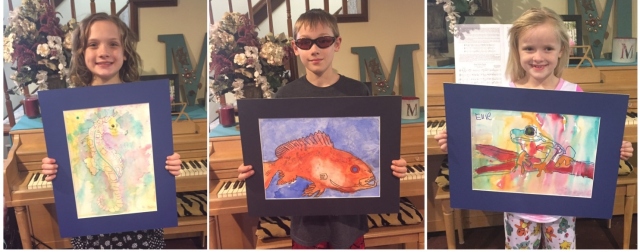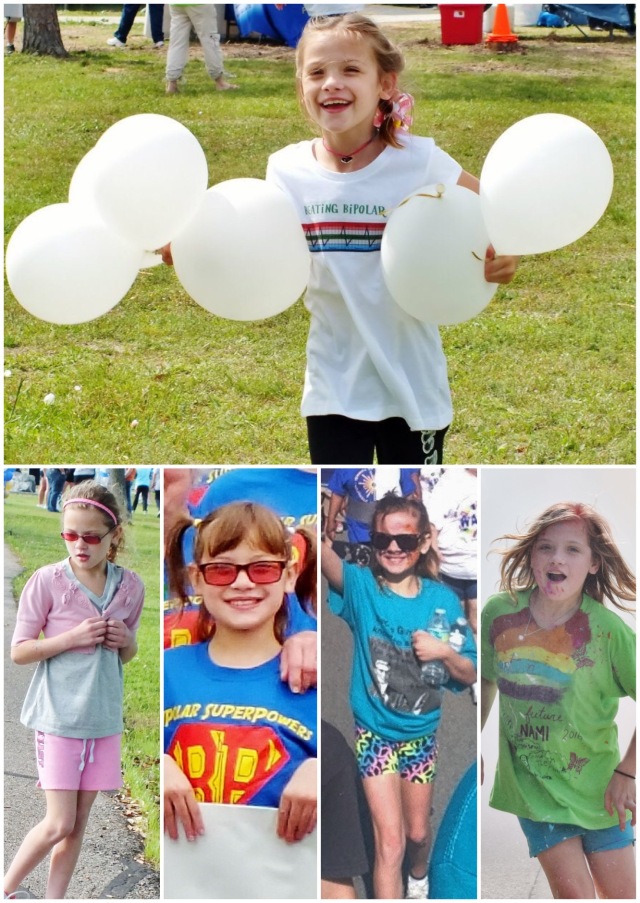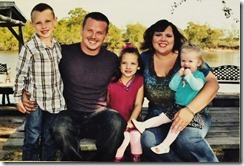Abi’s bipolar disorder has been stable for a year now. That means we haven’t touched her medications, and her moods have remained even. That is one major key factor in a new diagnosis being added to her medical file: DMDD, also known as Disruptive Mood Dysregulation Disorder.
What is DMDD?
A. The disorder is characterized by severe recurrent temper outbursts that are grossly out of proportion in intensity or duration to the situation.
The temper outbursts are manifest verbally and/or behaviorally, such as in the form of verbal rages or physical aggression towards people or property.
The temper outbursts are inconsistent with developmental level.
B. Frequency: The temper outbursts occur, on average, three or more times per week.
C. Mood between temper outbursts:
Nearly every day, most of the day, the mood between temper outbursts is persistently irritable or angry.
The irritable or angry mood is observable by others (e.g., parents, teachers, peers).
D. Duration: Criteria A-C have been present for 12 or more months. Throughout that time, the person has not had 3 or more consecutive months when they were without the symptoms of Criteria A-C.
Almost a year ago, well after Abi’s depression had lifted (and it’s been over 2 full years since we treated any mania) I returned to her doctor and said, “Something else is going on – and it’s not bipolar related.”
Fully treated and now stable bipolar disorder revealed a subset of symptoms that had always been present but we didn’t know they weren’t related to her bipolar disorder. We had previously tried to treat these symptoms (starting as young as 6 years old) as ADHD with ADHD medications. All attempts failed.
This subset of symptoms didn’t respond to ADHD medications, and remained unchanged with Abi’s elevated moods, depressed moods AND were unaffected by her entire course of bipolar medications over the last four years.
So, a year ago, her doctor started her on a new medication called Amantadine and she entered a medication study, a trial of sorts, though in the beginning, she was an “off label” user. We were using this medication to treat symptoms akin to DMDD that she presented with, because per the DSM-5, a child diagnosed with bipolar disorder cannot also have DMDD.
“The diagnostic and statistical manual of Mental Disorders, 5th ed. (DSM-5) created the new diagnosis of disruptive mood dysregulation disorder (DMDD) “to address the considerable concern about appropriate classification and treatment of children who present with chronic, persistent irritability relative to children who present with classic (i.e., episodic) bipolar disorder” (American Psychiatric Association 2013, p. 157). “
In full text, it is interpreted to mean that they can have one… or the other, but not both.
Oh really? Enter Abi.
Abi previously presented with nearly six other conditions that would have been problematic for a DMDD diagnosis, but all are identified, treated and stable under her bipolar treatment. And still the subset of symptoms persisted.
Abi’s doctor has hundreds of patients taking this medication as part of the study and will be writing a paper of some substance for a medical journal. A large portion of his focus now for the paper is challenging the DSM-5’s claim that a child cannot have both bipolar disorder and DMDD based on Abi’s case.
After nearly a year of treatment, with incredible success in treating all symptoms and drastically improved cognitive clarity, social functioning, with a significant reduction in irritability and a decline in temper and triggers, all indications support a diagnosis of DMDD for Abi, who also has bipolar disorder.
The addition of DMDD (a relatively new diagnosis) to the DSM-5 comes hot on the heels a 40-fold increase of diagnoses of children with bipolar disorder in the past decade, with a broad set of diagnosing symptoms but then a list of precluding comorbidities. Both things can complicate the diagnostic process and hinder a parent and doctor from being able to properly treat a childhood mood disorder, so we are looking forward to seeing what medical breakthroughs, procedural and DSM-5 changes Abi’s doctor is able to achieve with his study and his paper.





